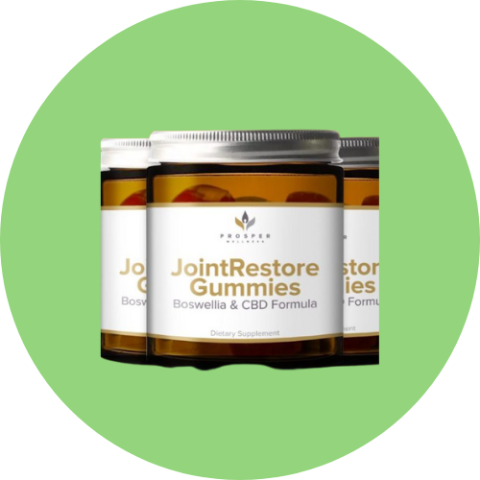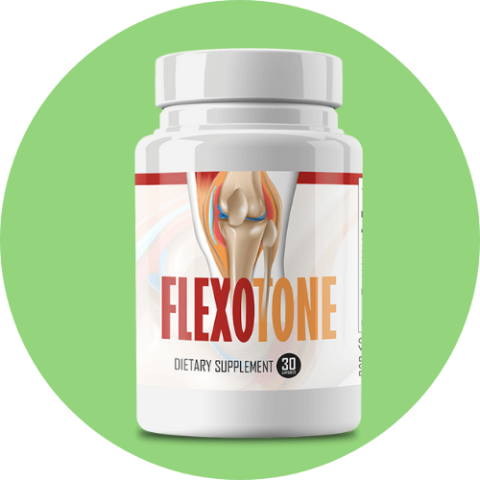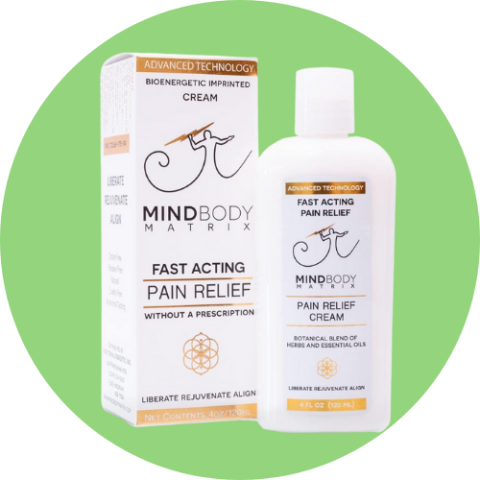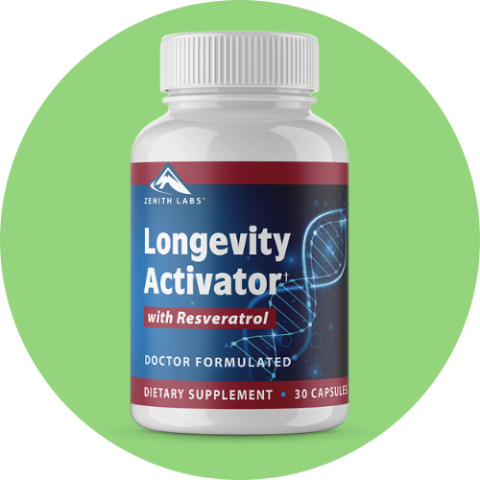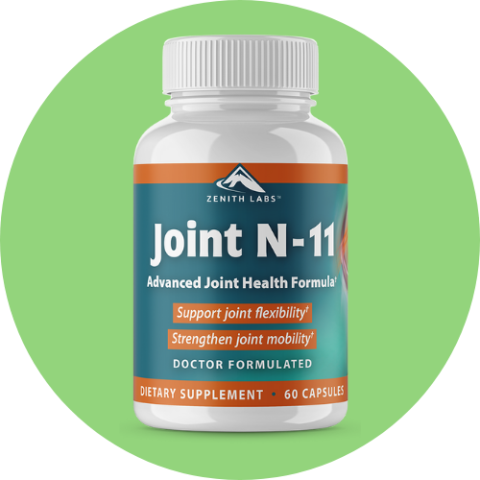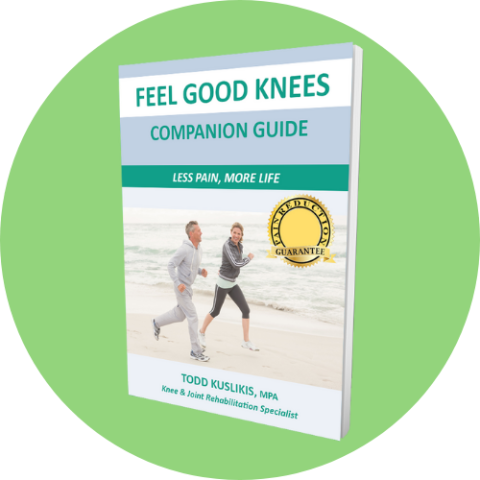What Causes Joint Pain and How To Get Rid of it: Complete Guide 2024
By Vanessa Richards
January 10, 2024 • Fact checked by Dumb Little Man

The worst nightmare can come from severe joint pain or inflammation arising from where two or more bones meet to form a joint. Joint pain affects seamless joint functioning and can limit your ability to perform simple home tasks.
But hold tight, you will learn what to do the next time you have a swollen joint or any unexplained symptom that causes joint pain.
What Causes Joint Pain?
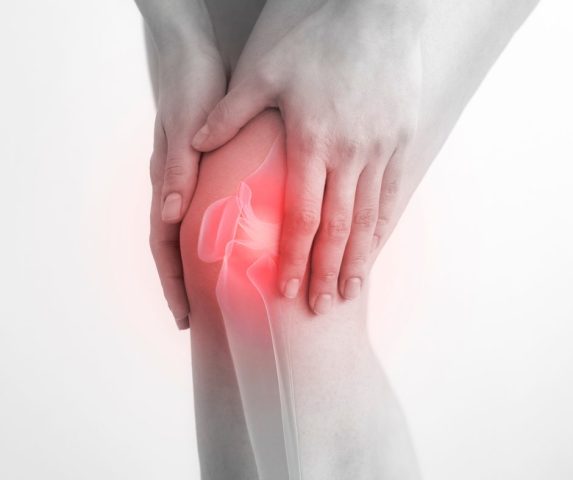
Joint pain occurs as a result of inflammation (arthritis, such as rheumatoid arthritis), viral infection, joint infection, and autoimmune disorders affecting the musculoskeletal system. However, peer reviewed studies have confirmed joint pain to be manageable.
Arthritis
Arthritis is a general term for joint inflammation, often caused by injury or other factors. It can be caused by many things, including bodily injuries and autoimmune diseases.
Osteoporosis is another condition that causes arthritis in older people. Arthritis is more common than you might think. It affects about one in three adults over age 20 and even younger people who haven't reached their peak physical fitness yet!
Also, it could be rheumatoid arthritis or osteoarthritis.
Arthritis can be treated with nonsteroidal anti-inflammatory drugs, steroid injections, corticosteroid medicine, or physical therapy; however, some types of arthritis may require surgery to repair damaged joints.
Injury
Your joints can be injured in many ways.
- Injury to the joint: If you have an injury to a joint, it means that something has happened to damage or tear some of the tissues around it (the synovial membrane). The most common types of injuries are sprains and strains, but other types of injuries may include virus injury, fractures, and dislocations.
- Ligament sprains: These are strains where there is damage to a ligament (a band of tissue). This causes pain because it prevents normal movement from occurring smoothly between two bones when they move apart from each other during certain activities like walking or running.
Also, injuries can come up during normal daily activities if you have sustained an overuse injury at this site.
Autoimmune Disease/ Disorder
Autoimmune diseases are conditions where the immune system attacks its own body. There are many types of autoimmune diseases, and they can affect any organ in your body. The most common types include:
- Lupus (lupus vulgaris) – an inflammatory condition that causes pain, swelling, and redness in joints or other parts of the body;
- Rheumatic Disease – inflammation around joints that causes pain, stiffness, and swelling;
- Scleroderma – hardening and thickening of tissue caused by disease;
- Polymyalgia rheumatica – painful muscle inflammation affecting mainly hands/wrists;
- Sarcoidosis – an illness affecting cells called granulocytes in lungs called alveolar macrophages, which cause lung enlargement with fibrosis along with pulmonary infiltrates causing shortness and breathiness cough related symptoms.
Osteoporosis & Age
Osteoporosis is one of the causes of joint pain. It's a disease that weakens bones. It causes bone loss, which can lead to fractures and disability. About 10 million people in the United States have osteoporosis, according to the National Institutes of Health (NIH).
Women are affected more often than men. The condition is most common among adults over 50 who do not get enough calcium and vitamin D through their diets or supplements.
Another reason for stiff and painful joints is age. Adults in their middle age or later years may experience issues as a result of years of use and joint wear and strain.
Gout
Gout is a disease that affects the joints, tendons, and ligaments. It’s caused by an increase in uric acid in your blood.
When your body breaks down the proteins in food, it produces uric acid as waste. Gout symptoms are caused by an excess of uric acid, which causes severe inflammation around the affected joints (usually your big toe or first metatarsal head).
If you have gout, your doctor may prescribe medication to reduce the amount of uric acid you produce or make sure that it stays out of your body through diet changes and exercise routines such as weight training exercises.
Fibromyalgia
Fibromyalgia is a chronic pain condition that causes symptoms such as pain, fatigue, and sleep problems. People with fibromyalgia often have tender points on their bodies and may also have morning stiffness or muscle spasms.
Fibromyalgia is not contagious, plus it's a form of non-arthritic joint pain. It's also not the same thing as chronic fatigue syndrome (CFS), which is characterized by having severe fatigue that lasts for months at times without improving over time or getting worse over time
Lupus
Lupus is an autoimmune disorder that causes inflammation in your body's joints, skin, blood vessels, and other organs. It can result in joint pain caused by this inflammation.
Lupus is a chronic condition that affects about 1 million Americans and 150 million people worldwide. It’s most common in women between the ages of 20 and 50 but can also affect men and children.
Symptoms of Joint Pain
This might range from little, to unexplained, to severe pain. Without cartilage, bones move together directly against one another.
Joint swelling, stiffness, intense pain (pain that lasts for a long period), warmth, tenderness, redness, pain, lack of movement at the affected joint, and other unexplained symptoms are examples.
Diagnosis of Joint Pain
Physical examination
Doctors examine your joints during the physical exam to look for swelling, tenderness, and warm pain on one or more joints. They'll also check for joint stiffness. The doctor will also take a medical history to trace out the underlying cause, other symptoms you have not noticed, or other health conditions.
Medical Lab examinations
The sort of arthritis you may have can be determined by analyzing several body fluid types. Blood tests, urine, and joint fluid are some fluids that are frequently studied.
Doctors prepare the area by cleaning and numbing it before inserting a needle to obtain joint fluid from the joint space. These tests can find issues within the joint that may be the source of your symptoms.
They can also conduct blood tests for particular autoimmune disorders joint aspiration to get the needed joint fluid which would be examined for crystals and white blood cells.
- X-rays: X-rays, which use low radiation to image bone, can reveal bone spurs, damaged bone, and cartilage loss. X-rays are frequently used to monitor the course of the disease even though they may not detect early arthritic damage, Computer-aided imaging (CT).
- Ultrasound: High-frequency sound waves are used in this technology to photograph the soft tissues, cartilage, and fluid-containing structures close to the joints (bursae). Additionally, ultrasound is utilized to direct the positioning of needles when injecting drugs or extracting joint fluid.
How to Manage Joint Pain
Even though there might not be a cure for the pain, there are interventions to reduce pain. A simple daily exercise routine or the use of over-the-counter medications can provide relief, or at least not make the pain worse.
Other times, pain could be a sign of something that has to be treated with medicine or surgery.
Medication
Medical treatment includes nonsteroidal anti-inflammatory drugs, joint antibiotics, and steroid injections, corticosteroid medicine help reduce pain. A steroid injection, ibuprofen, or acetaminophen (Tylenol®) are anti-inflammatory medications that can help reduce discomfort.
Although both of these medications are sold without a prescription, greater doses can be required. Talk to your doctor to find out if this is a good option for you, especially if you've once experienced a stomach ulcer, kidney, or liver disease.
A patient with joint hurt may take antidepressants to aid in improving sleep.
Surgery
Numerous surgical alternatives relieve pain faster and better. These include an arthroscope, or a small, flexible, fiberoptic tool, that is inserted into the joint to perform often surgical drainage to treat cartilage damage or remove bone chips from the joint or the area around it.
When the cartilage that protects and supports the bones' terminals gradually wears out, you may need surgery to replace the joint if other therapies are unsuccessful. Hip, knee, and shoulder joints can all be treated in this way.
This method can be used to treat the hip, knee, and shoulder joints.
After the removal of the patient’s bone, a prosthetic joint made of plastic or metal is inserted. After this kind of surgery, most patients report long-lasting pain relief, which is a fantastic outcome.
Topical Treatment
Topical treatments for this condition include ointments or gels suitable for the affected joint area. Some of them can be bought over the counter or without a prescription, respectively.
Physical Therapy & Rehabilitation
Regaining function and strength can be aided by exercise. The optimum aerobic exercise is low-impact, such as walking, swimming, or stretching exercises.
Those who engage in strenuous sports or exercises may need considerable monitoring of their back and low-impact programs. However, consult your doctor before beginning or continuing any workout routine.
If necessary, weight loss may also be advised to minimize the load on joints. A well-rounded fitness regimen and physical or occupational therapy may gradually help reduce unusual exertion, discomfort and increase flexibility.
Rehabilitating joints is another suggestion from the doctor. With the aid of supportive devices like a cane, brace, or shoe orthotic, you can support the joint to allow for simple movement.
Consult your doctor or physical therapist to guide you in picking the best option.
Dietary Supplements
Dietary supplements, such as glucosamine, may aid with relief and boost immunity against bone infection. Before using any over-the-counter supplements, consult a physician.
Simple at-home remedies, including joint elevated help, using an ice pack or heating pad on the affected area for brief intervals several times a day, may be suggested. Bathing in a warm tub could also be calming. Below are our recommended supplement for joint pain treatment:
6 Best Supplements for Joint Pain
| Product | Key Feature |
|---|---|
| Natural Pain-Relief Cream | |
| Best Supplement For All Ages | |
| Best Genuine Multipurpose Supplement | |
| Exclusive Pain Unlock Formula | |
| Advance Pain Relief Program |
1. Top Choice: JointRestore Gummies
JointRestore is natural supplement that eases joint discomfort by reducing chronic inflammation.
The major components of the product are 3 gm of organic cane sugar, 200 mg of beta-boswellic acid, and 20 mg of CBD.
It combines these three strong substances to relieve stiffness and joint pain. The item is GMO-free, gluten-free, and suitable for vegans.
Shop JointRestore Gummies at Official Website
Full Article: JointRestore Gummies Reviews 2024: Does it Really Work?
2. Best Supplement For All Ages: Flexotone
Flexotone is made entirely of natural ingredients that address the root of what causes you to experience joint pain and prevent inflammation from harming your health.
18 carefully selected plant extracts and vitamins have been perfectly blended into one daily pill that is simple to consume.
Shop at Flexotone Official Website
Full Article: Flexotone Reviews: Does it Really Work?
3. Natural Pain-Relief Cream: MindBody Matrix Pain Relief Cream
Mindbody Matrix has FDA registration. Doctors, pharmacists, chiropractors, and functional health specialists from all over the world support it.
Modern RED light technologies are employed. No negative effects at all.
It is inexpensive for everyone (less than a Starbucks drink a day).
Shop at Minbody Matrix Official Website
Full Article: Mindbody Matrix Pain Relief Cream Reviews: Is it Effective?
4. Best Genuine Multipurpose Supplement: Longevity Activator
Longevity Activator® mixes uncommon, difficult-to-find substances that allay all of your major annoyances. You can enjoy your years without having the same “old age” symptoms as your peers.
Shop at Longevity Activator Website
5. Exclusive Pain Unlock Formula: Joint Nt-11
Joint N-11 is a blend of several vital nutrients. One is Vitamin B (Niacinamide, which helps in the repair of cartilage and alleviation of swollen cartilage. It also contains extracts of black pepper (Bioperine), ginger root, basil and rosemary leaves.
These plant extracts have strong anti-oxidant properties that defends your joints from inflammation.
Shop at Joint N-11 Official Website
Full Article: Zenith Labs Joint N-11 Reviews 2024: Does it Really Work?
6. Advance Pain Relief Program: Feel Good Knees
The Feel Good Knees approach is simple and requires only 5 minutes per day. If you already follow a fitness regimen, that's excellent!
It can help your painful knees, reduce inflammation, boost your energy levels, and generally feel better so you can feel young once more.
Shop at Feel Good Knees Program Official Website
Full Article: Feel Good Knees Reviews 2024: Does it Really Work?
Physical Therapy
Regaining function and strength can be aided by exercise. The optimum aerobic exercise is low-impact, such as walking, swimming, or stretching exercises.
Those who engage in demanding workouts or sports activities may need to reduce their participation or start low-impact exercise routines. Exercises that gently stretch the body will be beneficial. Before starting or continuing any fitness regimen, consult your doctor.
If necessary, weight loss may also be advised to minimize the load that makes your joint feel stiff.
A well-rounded fitness regimen and physical or occupational therapy may gradually help reduce discomfort and increase flexibility.
Joint Rehabilitation
The doctor may also recommend joint rehabilitation. Supportive tools can help support the joint to enable easy movements, such as a brace, cane, or an orthotic in the shoe.
The appropriate alternative or options will be explained to you by the doctor, physical or occupational therapist, or social worker.
Please be aware that different people react to medications, including ones that are sold without a prescription. What benefits one person might not be helpful to another.
When taking any medication, be sure to carefully follow your health care provider's advice instructions and let them know if you experience any negative effects.
In the modern world, musculoskeletal problems are the most common cause of disability. Their prevalence is rising at an alarming rate, according to a new report from the World Health Organization.
The most common cause of loss of joint mobility and function is chronic or episodic pain, which also lowers the quality of life and causes psychological anguish.
>Related Article: 5 Best Joint Pain Supplements of 2024 • Natural Joint Pain Solution
Conclusion
The effectiveness of current treatments to relieve joint pain is limited. And several medications have unwelcome side effects that make them unsuitable for long-term usage. In other words, there is no effective treatment for the devastating symptoms of this condition, which affect millions of individuals.
Our limited understanding is one of the reasons for this lack of efficient pain management.
Your joints themselves are not where the pain begins. You see, your gut is where it all begins.
Consequently, a precise natural treatment for the pain is required, and that’s why JointRestore Gummies is your best option.
Click Here to Get JointRestore Gummies at Discounted Price.
>> Related Article: How to Get Rid of Knee Pain Fast: Complete Guide 2024
Joint Pain FAQs
Can tension lead to joint pain?
However, sustained stress might harm your health. Additionally, it can exacerbate any existing medical conditions, including arthritis.
Stress causes your body to release chemicals that can cause pain and inflammation. As a result, your arthritis may flare up more frequently when you're under stress.
Can dehydration cause joint discomfort?
Joint discomfort has been linked to dehydration as a contributing factor. Since water makes up between 70 and 80 percent of your joint cartilage, it should come as no surprise that dehydration is linked to joint abnormality.
When should I be concerned if I have joint pain?
If swelling is present and pain persists, schedule a visit with your medical director. Also, redness, warmth, and tenderness at the joint are factors to consider.
Vanessa Richards
Vanessa is a mom of 3 lovely children and a software geek. Outside of her career as a health and wellness instructor. She enjoys writing and researching on topics such as finance, software, health and culinary.

